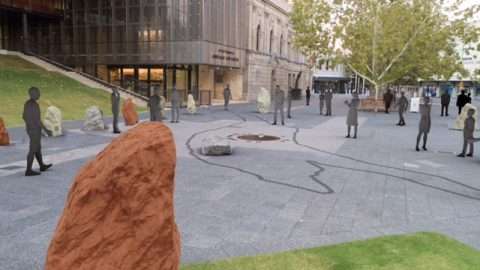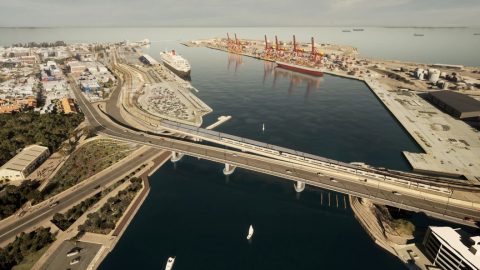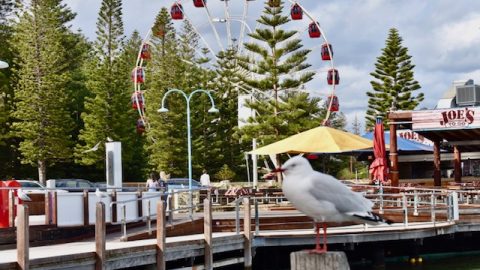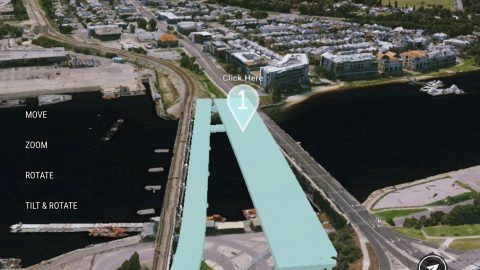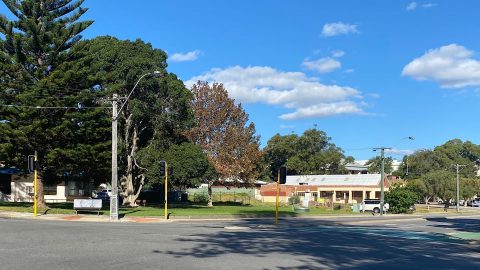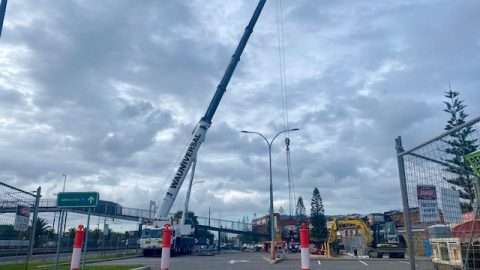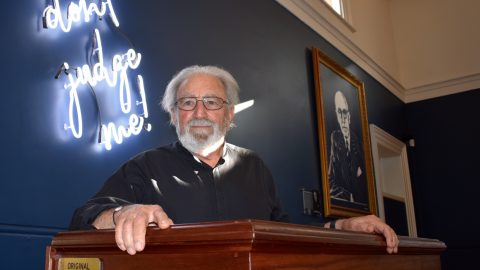Thank you very much to Michael for convening this important gathering, and to Jane Bennett and colleagues, and the other speakers for an excellent and timely discussion.
The Port Beach (and South Leighton) foreshore is within the Future of Fremantle planning area so we have an opportunity to consider how this process can help us, the broad community, achieve an outstanding outcome here. But to achieve this we’re going to need to be much more vigilant and active.
Having participated directly in the Future of Fremantle process to this point, I think there is much to commend it. However, it also seems that it has been focussed, understandably perhaps, on the vast container port land on the north side and hasn’t yet had enough time to consider the best options for the magnificent beach and foreshore areas around Port Beach. That lack of relative focus likely helps explain why the treatment of the Port Beach area in the three scenarios – essentially the same narrow foreshore in each – is lacklustre, so far anyway.
The other force bearing on this is that the scenarios closely follow the footprint of the current industrial landholdings of the Port Beach foreshore area (i.e. where the oil tanks were). The companies that have benefitted from owning this precious land for decades have been pushing the WA Planning Commission to rezone this land from industrial to urban. We, and the City of Fremantle, have urged the WAPC to defer this decision to allow good planning to determine the extent of the foreshore reserve that will be needed, and to enable the Future of Fremantle process (also run by the WAPC) to consider this area too. Watch this space, closely.
So the scenario planning for the Port Beach section is seemingly being constrained by the old, existing industrial zoning which means that we risk being shackled to landuse decisions made far back into the last century rather than thinking about what current and future generations, and nature, need. I suspect the Future of Fremantle planners would quietly be grateful to shake the process free of these limitations, and we in the community can help them to do that during this consultation phase. The public good should be the core driver in this planning process, otherwise we’re selling ourselves – and the future – short.
Importantly, we need to understand that Port and Leighton are regional beaches that serve a large part of the growing Perth metropolitan area; more than 100 suburbs. That’s why they’re already overcrowded so often these days. There just isn’t enough space for everyone, particularly families with young children and older people who might be less mobile, and who might also travel a long way to access the foreshore and beach. Of course, those who can should use public transport and bikes but we need to be mindful that not everyone can access the beach that way and it’s clearly unacceptable to deprive families in the broader metropolitan catchment of the physical and mental wellbeing that these beaches provide, in spades. Our egalitarian approach to beach access in WA is something special that we should protect with gusto.
That’s why the proposal for Port Beach in the Future of Fremantle maps – and it is essentially the same scenario in each scenario for this section – is so problematic. It just doesn’t provide anything close to the amount of foreshore reserve to enable access (including parking and safe pathways) for current beach users, let alone people in the future.
Foreshore areas like at South Beach and Leighton provide precious recreational space that is such an important part of our coastal lives here (we had to fight hard 20 years ago for the foreshore we all value so much now at Leighton, but even this is already straining due to its popularity. South Beach too). Not only will these foreshore areas need to serve the burgeoning wider metropolitan area but Future of Fremantle plans for tens of thousands more people to live in the port area when the containers move, adding to the sheer weight of numbers on these beaches.

The other aspect that is concerning so many people is that each scenario shows heavy engineering, including groynes and breakwaters, at Port Beach and even at Leighton. The response (usually a mix of incredulity and shock) we get to this at the beach stalls we hold is clear: groynes, breakwaters etc at Leighton and Port Beach should be avoided at all costs. But the thing is, if the foreshore reserve is too narrow, the risk of heavy engineering in the (nearer) future grows sharply.
Experience all over the world shows that if we restore dunes and vegetation, they will do a lot of the heavy lifting to resist and slow erosion and damage from storms, and buy us decades of time for people to enjoy the wide, beautiful beaches that aren’t littered and damaged by groynes and broken concrete and rubble. A wider setback also gives planners more options so that a combination of natural responses and softer, more active approaches like beach replenishment can be used and monitored in future to get the mix right and not limit the toolkit. It’s hard to capture that complexity in indicative scenarios but this is the kind of more sophisticated analysis and consideration that should be foreshadowed to come next.
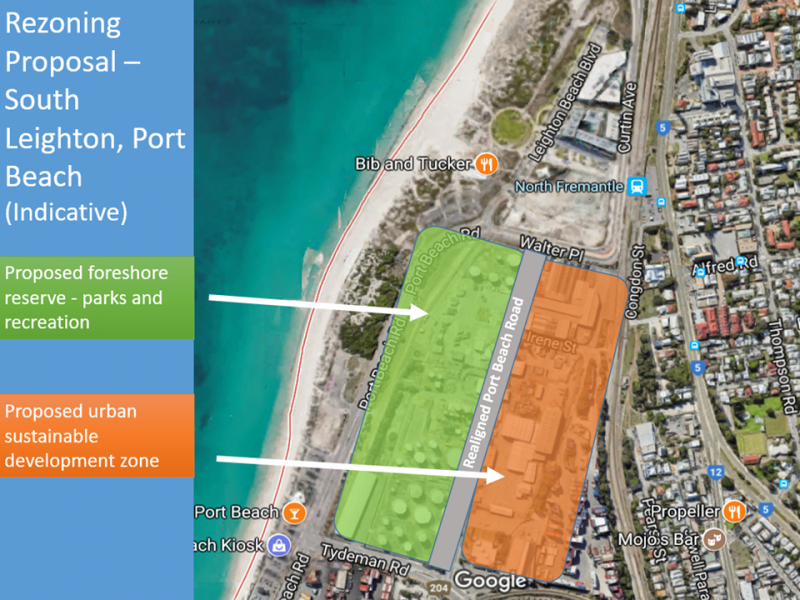
Our analysis suggests a foreshore reserve setback around Bracks Street would be about right, which still leaves plenty of space for sympathetic, high quality, dense, walkable urbanism with residential and commercial development up to the railway.
We need to be vigilant because the Government, in its eagerness to show that it’s moving ahead with the Future of Fremantle plan, might be tempted make rash, premature decisions about this foreshore area, so beloved by countless thousands of people across the metro area, many of whom will be unaware of these plans for their beach.
We only get one shot at this. Let’s get it right and deliver a genuine, positive legacy for the public good while this area is on our watch.
* By Paul Gamblin
WHILE YOU’RE HERE –
PLEASE HELP US TO GROW FREMANTLE SHIPPING NEWS
FSN is a reader-supported, volunteer-assisted online magazine all about Fremantle. Thanks for helping to keep FSN keeping on!
** Don’t forget to SUBSCRIBE to receive your free copy of The Weekly Edition of the Shipping News each Friday!


